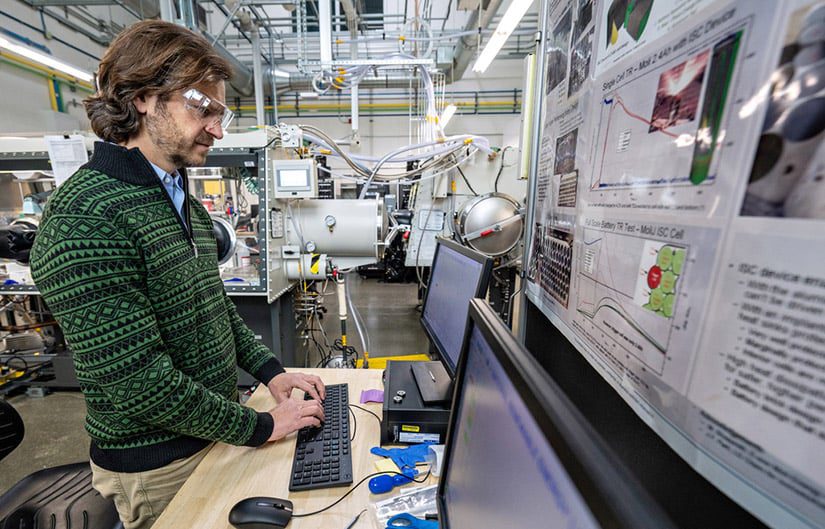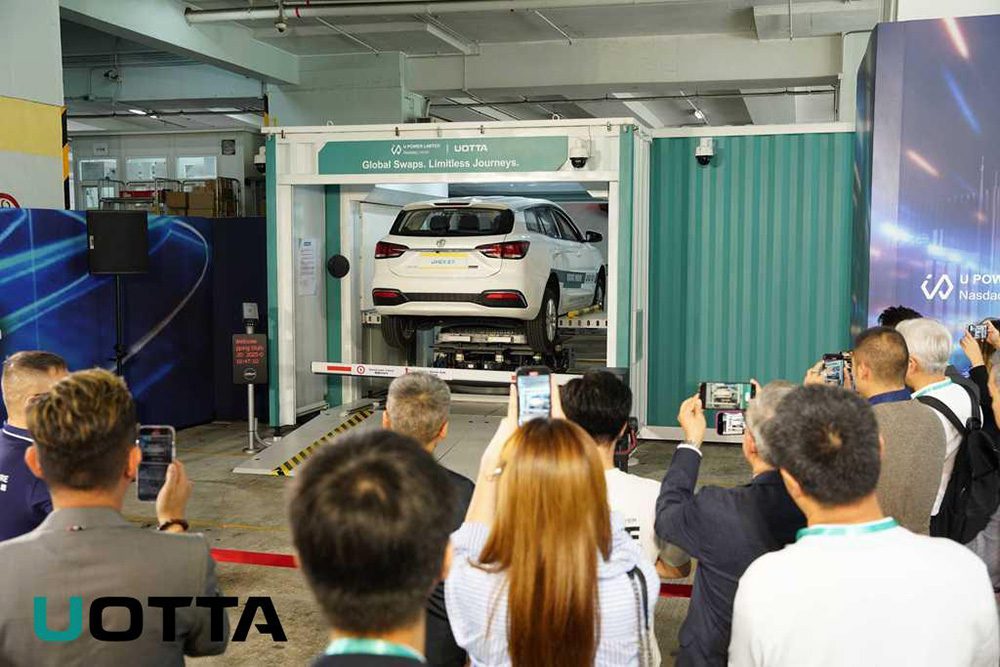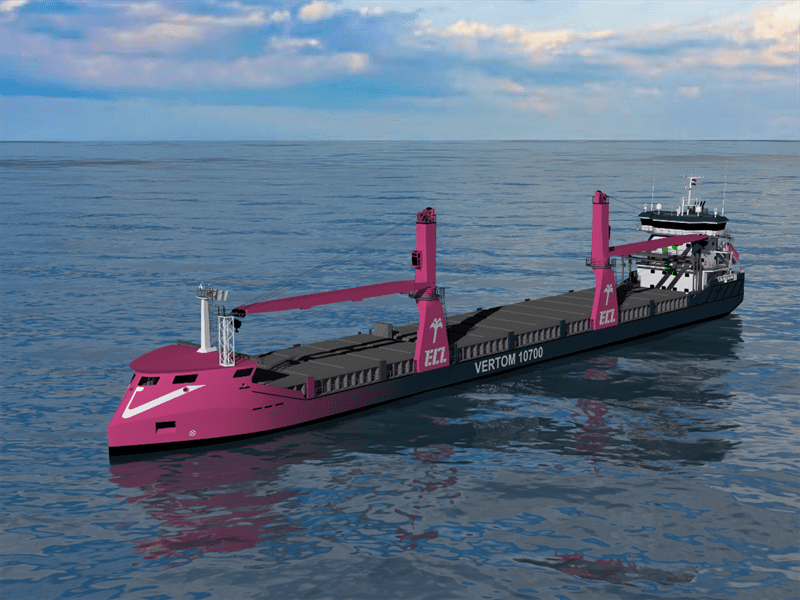Toyota has released a series of videos about its second-generation RAV4 EV, featuring engineers explaining various technical details of the vehicle, plus plenty of cool on-the-road footage. In this installment, Toyota’s team describes the many steps they took to reduce the RAV4’s Coefficient of Drag (CD).
Reducing drag is important for any vehicle, at least if improving fuel efficiency is considered important. However, for an EV, it’s especially significant, because less drag means better range, and fewer cases of the dreaded “range anxiety” will hopefully mean more sales.
The RAV4 EV features a powertrain from Tesla Motors, and like Tesla’s Model S, it features a flat battery located in the underbody, which yields a number of benefits, including better airflow under the car. To squeeze out every bit of airflow efficiency, the team chose the most aerodynamic components from all the global RAV4 models, including headlights, wheels, and front fascia. They also paid careful attention to spats, which are flaps under a car that direct airfow around the tires to improve CD.
According to the team, all the measures they took to reduce CD are the equivalent of removing an imaginary parachute from behind the car. The CD is around 3.0 .30 [correction 8/27/12], one of the lowest of any SUV in existence.
The new RAV4 EV is expected to achieve an EPA-rated combined range 103 miles, and a combined fuel economy rating of 76 MPGe. It’s scheduled to go on sale in selected California markets late in the third quarter of 2012.

















































































